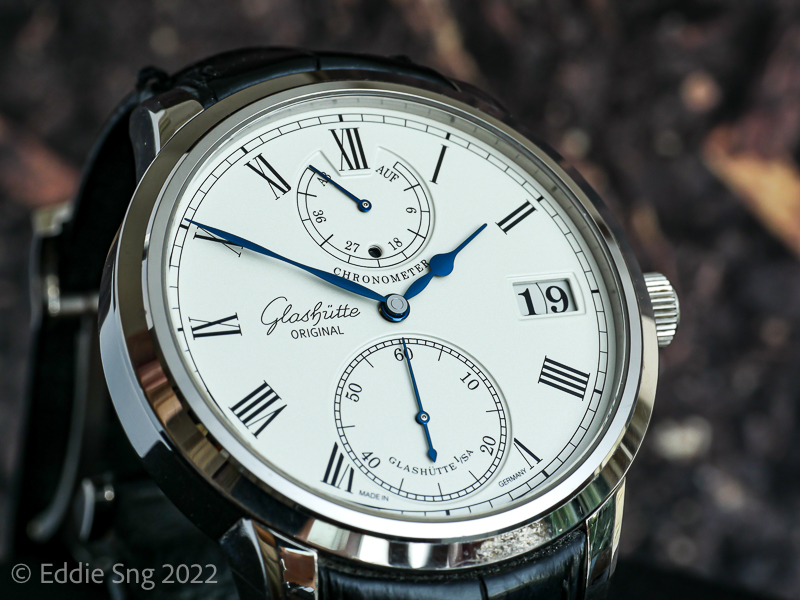L.U.C - Louis-Ulysse Chopard is the range for the high end in-house developed range of watches from Chopard. So called L.U.C. as it makes reference to the founder of their brand and all L.U.C. watches comes with an in-house calibre finished to the highest standard one can expect from the brand. In the earlier years, Chopard released some affordable classic timepieces and I was lucky enough to acquire one - the L.U.C. QUALITÉ FLEURIER.
This is the first edition of the Chopard L.U.C Qualite Fleurier that was launched to commemorate the launch of the "Qualite Fleurier" certification. The QF certification combines both COSC accuracy with movement finishing to the standards of Geneva seal certification. Not only is the movement tested, the finishing is assessed, movement encased and tested again. COSC only tests the movement but not when it is encased.
The Chronometer certified timepiece meets the Fleurier Quality Foundation (FQF) standards which does not only meet the COSC standard for watch movements but also that of the Geneva seal in decoration. The FQF was founded by three brands Bovet, Chopard and Parmigiani, all three brands being based in Fleurier.
This automatic timepiece comes with solid rose gold case back featuring the Chopard family’s roots as beekeepers. Limited to 250 pieces worldwide, this series is long sold out.
You can see from the details that the timepiece is well finished. Hands and markers are nicely bevelled.
The case is rose gold with a diameter of 39.5mm - classic dress watch size. The finishing on the watch is exquisite for a watch at this price level. The two-toned dial is elegant and exudes that retro vibe. And the case back… well that is another wonderful revelation.
Beating inside is the automatic Caliber 9.96 with a micro rotor. I believe one of the feature of the FQF standard is the need to test the watch after it is encased. Additionally, the unseen parts of the watches must also be finished to the highest standards. I was once informed by a Chopard executive that all parts of the movement including the undersides that remain hidden from view are decorated.
The first edition of this Limited Edition timepiece came with a closed case back. Limited to 250 pieces, the case back is engraved. This is where it gets even more interesting. The Qualite Fleurier standard is clearly engraved at the bottom of the case back just below the Limited Edition numbering. Later versions came with an exhibition case back.
Then comes the entire logo. The early Chopard family were bee keepers hence the logo. The case back are hand engraved and the bees around the bee hives are individually hand engraved. No two bee hives are alike - number of bees may range between 43 to 45 (I think) but even with the same number of bees, the positioning is not all identical.
The buckle is another beauty - normal buckles are stamped but this one is not.
Chopard and the L.U.C. range has come a long way - many firsts and several to-die-for timepieces like the Lunar One Perpetual and the L.U.C. Engine One Tourbillon. Look out for more of their timepieces that should be in everyone's collection.


















































